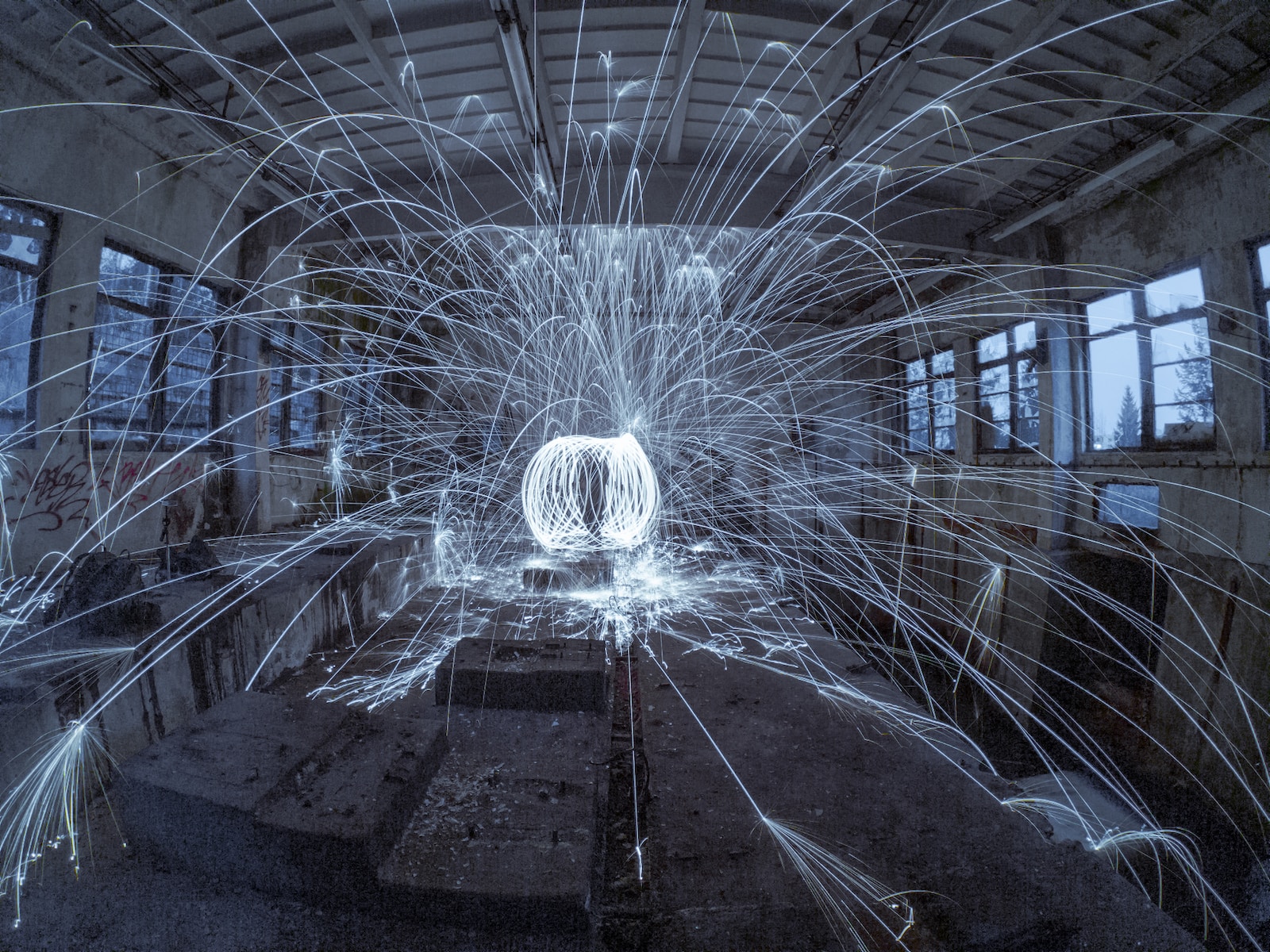What Role Does Cyber-Physical Systems Play in Industry 4.0?
The Significance of Cyber-Physical Systems in Industry 4.0
Cyber-Physical Systems (CPS) stand as the backbone of Industry 4.0, merging the digital and physical worlds, revolutionizing manufacturing, and reshaping industrial processes. Their integration facilitates advanced connectivity, intelligent automation, and data-driven decision-making, fostering a new era of industrial transformation.
Interconnectedness and Real-Time Data
Seamless Connectivity
CPS interconnect devices, machines, and systems, enabling real-time communication and data exchange across the industrial ecosystem.
Continuous Data Flow
Continuous data collection and analysis from physical processes generate actionable insights, optimizing operational efficiency and enabling predictive maintenance.
Intelligent Automation and Robotics
Smart Manufacturing
CPS integrate automation, robotics, and machine learning to create smart manufacturing systems capable of autonomous decision-making and adaptive operations.
Collaborative Robotics
CPS facilitate the collaboration between humans and robots, enhancing productivity and safety through shared workspaces and tasks.
Predictive Maintenance and Optimization
Predictive Analytics
CPS leverage data analytics to predict equipment failures, schedule maintenance proactively, and optimize production processes for efficiency.
Efficient Resource Utilization
Real-time monitoring and control optimize resource usage, reducing energy consumption and minimizing waste in production processes.
Digital Twins and Simulation
Digital Twin Technology
CPS create digital twins—virtual replicas of physical systems—that enable simulation, testing, and optimization of processes before implementation.
Virtual Prototyping
Digital twins aid in rapid prototyping and product development, reducing time-to-market and fostering innovation.
Agile and Flexible Manufacturing
Adaptive Production Systems
CPS enable agile production systems that can quickly reconfigure and adapt to changing demands or customization requirements.
Mass Customization
The flexibility afforded by CPS allows for mass customization, catering to individual customer needs without compromising efficiency.
Security and Resilience
Cybersecurity Measures
CPS implement robust security protocols to safeguard against cyber threats and ensure the integrity of data and systems.
Resilience and Redundancy
Built-in redundancy and fail-safe mechanisms in CPS systems ensure operational continuity even in the event of disruptions.
Cross-Domain Integration and Interoperability
Integration Across Domains
CPS enable seamless integration across different domains—production, supply chain, and logistics—enhancing coordination and efficiency.
Interoperable Systems
Standardized interfaces and protocols foster interoperability among diverse systems and technologies, promoting collaboration.
Conclusion: Pioneering the Industry 4.0 Revolution
Cyber-Physical Systems lie at the heart of Industry 4.0, orchestrating a paradigm shift in industrial processes. Their integration facilitates a more connected, intelligent, and efficient industrial landscape, where data-driven decisions, intelligent automation, and agile manufacturing strategies drive innovation and competitiveness in the global market.
Author








